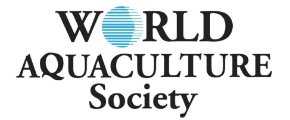DEVELOPMENT OF PROTOCOLS AND HATCHERY SYSTEMS MADE AT THE MICHAEL C. VOISIN OYSTER HATCHERY IN GRAND ISLE, LOUISIANA TO PROMOTE LARVAL AND ALGAL QUALITY AND QUANTITY
The Michael C. Voisin Oyster Hatchery in Grand Isle, Louisiana opened in August 2015. The hatchery is operated through a collaborative effort between the Louisiana Department of Wildlife Fisheries (LDWF) and Louisiana Sea Grant. Both groups work together to produce oyster larvae for the purposes of restoring and managing Louisiana oyster reefs, supporting the industry through larval and seed sales, and researching and developing hatchery technologies. In addition to producing oyster larvae, the hatchery grows marine microalgae for larval feed and supplemental broodstock feed. Due to the location, vulnerability to storms, and proximity to the Mississippi River, one of the main challenges at the hatchery is providing optimal water quality (including salinity, temperature, pH, alkalinity, bacterial levels, and sediment and zooplankton levels) for raising both algae and larvae. Maintaining proper water quality requires detailed management of water filtration, larval production, and algal production systems. Since 2015, hatchery staff have developed and modified standard operating procedures and systems for improving hatchery water quality, which improves larval and algal growth and survival. This presentation will focus on enhancements made over the past three years to specific areas of the hatchery including seawater filtration, algal production, water quality analysis and control, and maintenance protocols.













